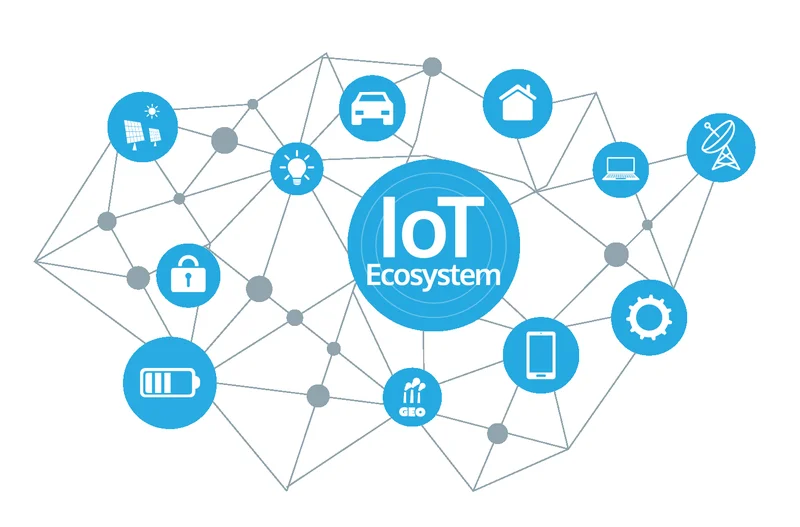Article Directory
Samsara’s Bold Play: Innovation, Ambition, and the Hard Realities of Enterprise Sales
Samsara has been busy. In recent weeks, the company rolled out a suite of new offerings, including Commercial Navigation for U.S. drivers and a sophisticated Smart Compliance platform tailored for European fleets. We also saw high-profile partnerships with industry giants like VDO and Allianz UK, all aimed at bolstering fleet safety, compliance, and operational efficiency across critical global regions. On paper, it’s an impressive flurry of activity, designed to consolidate operational, regulatory, and safety functions into one integrated platform. This strategy, they argue, simplifies compliance and promises increased value for customers, both existing and potential. Sounds good, right?
The core investment narrative for Samsara hinges on this capacity to continually innovate and expand its AI- and compliance-driven platforms into a large, yet underpenetrated, global fleet market. Does Samsara’s (IOT) AI Fleet Platform Signal a New Phase in Global Compliance Leadership? The recent product launches certainly reinforce that growth story. However, my analysis suggests they don't fundamentally alter the immediate challenges. The biggest short-term catalyst remains the conversion of enterprise customer wins into recurring revenue, and the primary risk, as explicitly stated, is the specter of elongated sales cycles among large clients. I've looked at hundreds of these filings, and this particular footnote is unusual in its directness about the core friction point. Smart Compliance, with its real-time alerts and automated workflows, is a compelling product, designed to accelerate customer adoption and boost Annual Recurring Revenue (ARR). It ties directly into their strategy of driving higher revenue per customer and fueling international expansion. But the question isn't just what they’re building; it’s how fast they can get it into the hands of paying customers, especially the big ones.
The Discrepancy Between Vision and Valuation
Sitting here, staring at these spreadsheets, the digital ink of Samsara’s projections glows with an almost hypnotic ambition. The company projects $2.4 billion in revenue and $311.3 million in earnings by 2028. To hit these numbers, Samsara needs to achieve a staggering 21.2% yearly revenue growth. More critically, it requires a monumental shift in profitability: a $432 million earnings increase from the current -$120.7 million. To be exact, that’s a swing of nearly half a billion dollars from red to black in just a few years. That’s not just growth; that’s a complete financial re-engineering.
This aggressive financial trajectory stands in stark contrast to the market’s fractured perception of the company’s current value. Take the Simply Wall St community contributors, for instance. They estimate Samsara’s fair value anywhere between US$13.51 and US$59.16 per share. This isn't just a "range"; it's a chasm. The idea that "opinion on Samsara’s outlook varies" is a polite understatement when you have a 300%+ difference in what people think the company is actually worth. It tells you that the market, or at least this segment of it, can't agree on the fundamental mechanics of how these new product launches and global expansion efforts translate into tangible, predictable value.

How do you even begin to model a company with such a wide range of potential outcomes? The inherent difficulty here isn't just in forecasting product adoption, but in accurately predicting the rate at which these massive enterprise clients will actually convert and integrate new, complex systems. This is precisely where many models break down. These lengthy sales cycles aren't like flipping a light switch; they’re more like trying to turn an oil tanker. You might have the most advanced engine (the product suite), but if the turning radius is measured in quarters, your speed to market is inherently constrained. Can even the most advanced AI truly shorten a procurement process that's deeply embedded in human bureaucracy and legacy systems, or are we just adding more sophisticated tools to a fundamentally slow-moving machine?
Navigating the Noise and the Numbers
The reality is that while the innovations are compelling and the market opportunity is vast, the path to those ambitious revenue and earnings figures is paved with significant friction. The risk of uneven technology adoption in key sectors, coupled with those stubbornly long sales cycles, isn’t just a minor hurdle; it’s the primary governor on the company’s growth engine. Investors, therefore, aren't just betting on innovation; they're betting on Samsara's ability to fundamentally overcome deeply ingrained enterprise inertia.
Extraordinary investment returns rarely come from following the herd, and when the herd is this divided on valuation, it’s a clear signal to dig deeper. The "Snowflake" analysis and other fundamental data points are crucial because they cut through the marketing noise and get back to the cold, hard numbers. My take? Samsara has built an impressive arsenal of tools. The strategic intent is clear. But the battle isn't just fought in the lab; it’s won in the field, one protracted enterprise sales cycle at a time. Until we see solid, accelerating evidence that these new products are dramatically shortening those cycles and converting prospects into reliable, recurring revenue at scale, those ambitious 2028 projections remain just that: ambitious projections.
